Exploring 3 homebuilder's strategies to catch consumer's needs
Self-building has advantages over buying from a housing development project as a homeowner can design, customize, and choose the type of home, the quality of construction materials, as well as the location as desired. The size of the self-building market in Bangkok metropolitan area was 20 thousand houses per year and worth around 44 billion baht in 2016. The market share of full-service homebuilder companies was around 10 billion baht or 25% of the market. The rest of the market went to general home building contractors. EIC expects a growth for the home building market in the Bangkok metropolitan area considering two supporting factors: 1) empty lands in Bangkok are largely available especially in the 10 main residential areas and 2) the spending to renovate a house will likely increase following the rising number of more-than-30-year-old houses to 310 thousand houses during 2018-2021.
Author: Kanit Umsakul
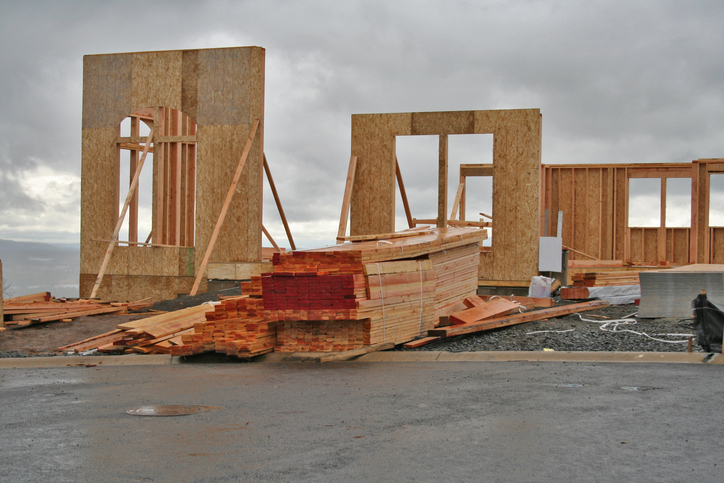
|
Highlight
|
The choice of “a self-build home” is for those who want a unique, customized home. There are essentially three main options for someone looking to own a home: 1) buying a home in a housing development project, 2)building a home by contracting out different parts such as designing and construction to different contractors, and 3) building a home through a one-stop-service home building company (full-service homebuilders). Building one’s own home has benefits over buying as the homeowner will have more freedom in designing, customizing, and choosing the type of home, the quality of construction materials, as well as the location. Unsurprisingly, the number of self-build houses in the Bangkok metropolitan area is on an average 20 thousand houses per year, about 8 thousand houses per year more than those in housing projects during the past 5 years.
Home building market in the Bangkok metropolitan was worth as 44 billion baht in 2016. Full-service homebuilders held 25% of the market share while the rest belonged to contractors. The stalled purchasing power that followed the slow economic growth and high level of household debts in previous period led the value of home building market in Bangkok metropolitan area to shrink by around 2% CAGR to about 44 billion baht during 2012-2016. However, the advantage of full-service homebuilders over general construction contractors, including continuity of construction, low risk of contractors abandoning project, and higher convenience dealing with regulatory agencies, helped boost its market share from 19% in 2012 to 23% in 2016 (Figure 1).
EIC expects that the demand to self-build will return to high growth considering two main factors: available land spaces in Bangkok and the expanding home renovation expense Data from the Department of City Planning shows that the available land space in Bangkok span about 120 million square meters. About 50% of which locates in the 10 main residential areas with potential for self-build houses; these areas are Saphan Sung, Min Buri, Bueng Kum, Prawet, Bang Khen, Suan Luang, Khlong Sam Wa, Lat Phrao, Don Mueang, and Lak Si (Figure 2). Moreover, the home building market will also benefit from the growing in home renovation expense forecasted to be worth around 100-120 billion baht during 2018-2021, considering that the number of more-than-30-year-old houses that will reach to 310 thousand houses in that time period (Figure 3).
However, the entrance of new players to the market and the struggle to find labor in construction sector will exacerbate the competition between businesses. In addition to competing with each homebuilder and with approx. 3,000 general home building contractors, full-service homebuilders have to compete with new entrants from other industries. For the example, SCG previous only residing in the building material industry is expanding into the home building business under the name SCG-HEIM or Walrus, a former construction retailer, also switches to home building business. Additionally, public construction that is expected to grow by 6-8%CAGR during 2017-2020 following the investment in transportation infrastructure projects such as the Orange Line (Thailand Cultural Centre - Min Buri), the Pink Line (Khae Rai - Min Buri), and the Yellow Line (Lat Phrao-Samrong) will further fuel the competition in acquiring labor. EIC therefore expects the costs of labor for home builders to be increase around that time period.
EIC recommends that full-service homebuilders should carve out customer-centric strategies, focusing on “reliability and quality,” “number of available designs,” and “after-sales services.” These three are the most important aspects involved in a customer’s decision to choose a home building company, as discussed in details below.
1) Homebuilders should work to gain trust while at the same time show off the quality of their works by reporting the construction progress through online channels. Marshall Home Builders, an American home building company, is an example of a company who successfully uses social media to communicate with its customers and show construction progresses on Facebook, YouTube, and Twitter to build reliability. The company’s sales have increased from 16 houses in 2007 to 100 houses in 2009, a 150%CAGR improvement in only 2 years.
2) Homebuilders should increase the number of available designs to meet more diverse demand from customers. When analyzing the number of designs from the members of the Home Builder Association (HBA), EIC found that full-service homebuilders will gain more about 2-3million baht more of revenue per year for every additional home design. Full-service homebuilders should also look into niche markets and incorporate certain aspects into the design process of a house, for example, the energy-saving aspect or the elderly-friendly layout
3) Homebuilders should communicate with consumers about the superior insurance and after-sale services provided by full-service homebuilders compared to a general contractor in order to overcome buyers’ hesitation when faced with a higher price tag. Businesses should reach out to consumers via the internet and magazines as well as by word of mouth since these channels will reach most of the target audience.
Homebuilders should also consider using the construction technologies to reduce their costs. Although reducing the selling price could raise businesses’ short-term competitiveness, but in long-term, a company could lose some of profits, impair a brand’s image, and lose customers’ trust down the road. Then homebuilders should find a way to increase competitiveness in the long-term by using construction technologies. Some already emerging in Thailand are as follows. 1) Seacon Home Group started using prefabricated wall systems in the middle of 2014. After switching to the new technology, the company reduced construction time from 6-7 months to 4-5 months and lowered the number of workers from 6-7 workers per house to 4-5 workers per house, leading to a 3% decrease in construction costs. And 2) Landy Home Group started using prefabricated steel structures in the beginning of 2016. The lighter steel structure helped the company reduce as much as 70-80% of its transportation costs compared to former concrete structure systems, leading to a 2% decrease in construction costs from the previous year (Figure 4).
|
|
|
|
|
Figure 1: The value of the home building market in the Bangkok metropolitan area contracted during 2012-2016
Estimated value of the home building market in the Bangkok metropolitan area during 2012-2016
Unit: billion baht
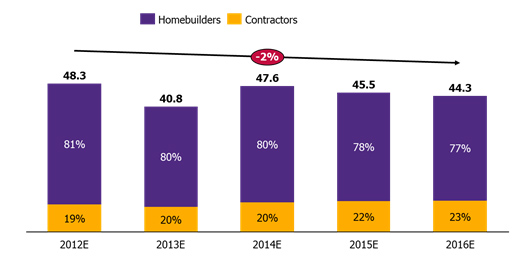
Source: EIC analysis based on data from the Home Builder Association (HBA) and REIC
Figure 2: About 50% of empty lands in Bangkok are in the 10 main residential areas with potential for self-build houses
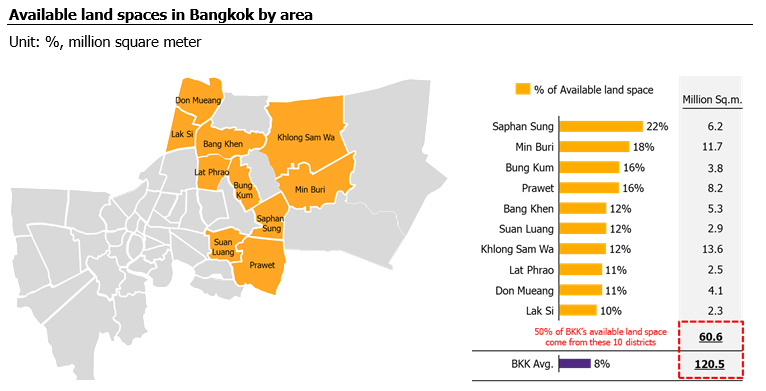
Source: EIC analysis based on data from the Department of City Planning, Bangkok
Figure 3: Spending in house renovation in the Bangkok metropolitan area will likely increase during 2018-2021
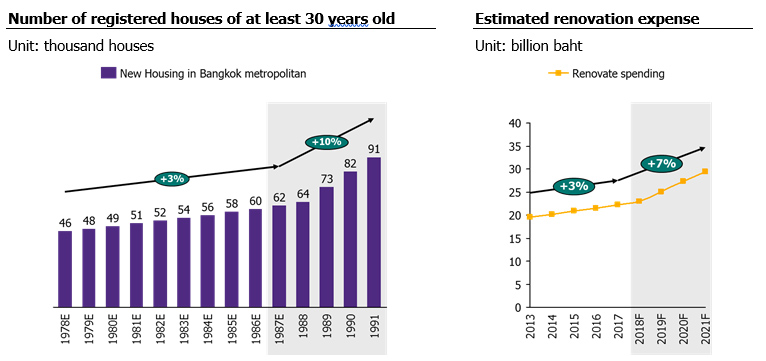
Source: EIC analysis based on data from BOT and Press Search
Figure 4: Home builders who use prefabrication technology are more likely to reduce their costs
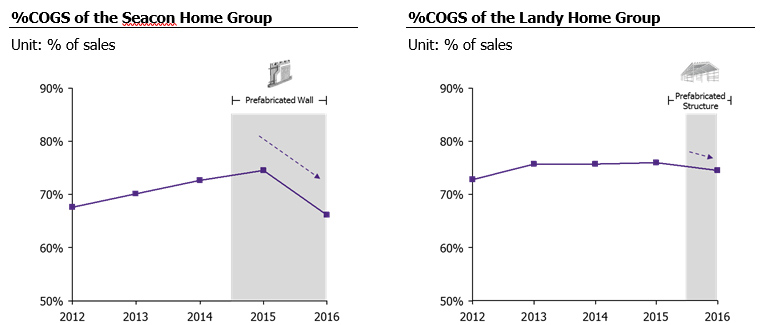
Source: EIC analysis based on data from ENLITE and Press Search